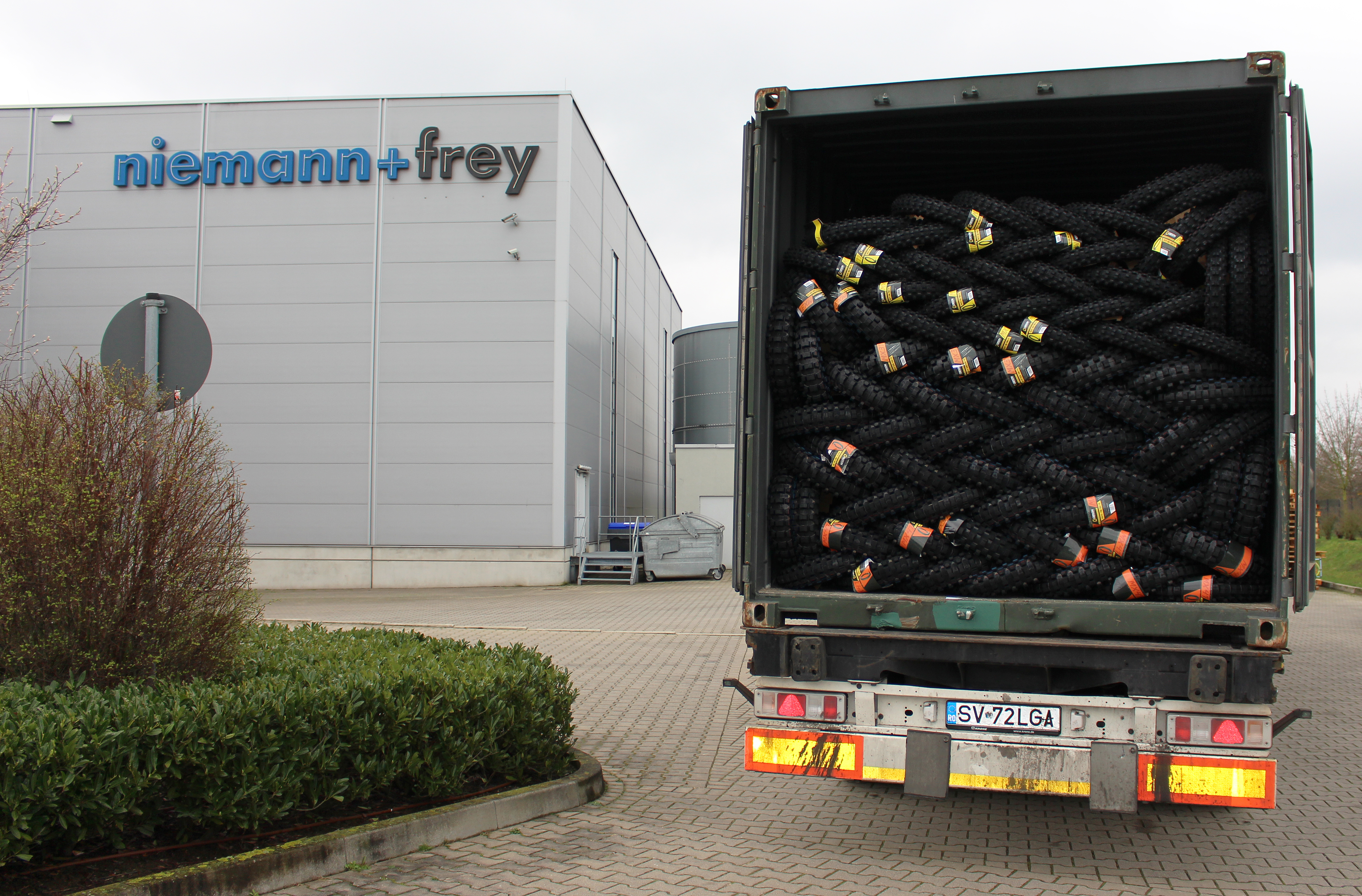Our mission is clear: We are making off-road sports safer, more innovative, and more sustainable. With every new technology, every optimized tyre, and every piece of feedback from our riders, we advance the scene.
Our Vision: Redefining Off-Road

2014: Our Roots
We don't have a target group – we are the target group, says Josh Plews, active motocross rider and founder of the GIBSON® brand in 2014. From Cheltenham, UK, he leads the development and production of the GIBSON® TYRE TECH division. His vision: a comprehensive tyre portfolio for motocross and enduro athletes. This gave rise to the MX Series for motocross and the Tech Series for ambitious enduro riders. Both series feature specially optimized tread patterns and rubber compounds for their respective fields of use.
Josh and his team are present at many races and in direct contact with riders and teams. Insights flow directly into development. State-of-the-art laboratories and the latest technologies ensure perfection, quality, and performance – which is why more and more riders trust Gibson.

2020: A New Course, A New Era
In 2020, Gerd Frey, Managing Director of Niemann+Frey GmbH, who had been working closely with GIBSON® TYRE TECH since 2016, took over the company entirely. This marked the beginning of a new era: Gibson Tyre Technology became Gibson Power Tech GmbH, and the company headquarters moved from England to Germany. Also driven by his passion for motocross and adventure, Gerd Frey set ambitious goals. Gibson Power Tech GmbH was to become a brand that stands for quality, progress, and racing DNA. Professional riders like Max Nagl were brought on board, and victories on GIBSON tyres soon followed, proving their quality.

2022: Gibson Worldwide
In 2022, Gibson took the step beyond European borders and expanded globally. By now, riders all over the world know Gibson tyres – from European countries to Russia, the USA, Canada, Central America, and South America.
In the same year, after two years operating exclusively in the B2B sector, Gibson decided to enter the B2C market. The online shop gibsontyretech.shop was launched so that our customers can order their tyres directly online.

2022–2024: Development of the Scoopster
In 2022, the Gibson team developed the innovative sand tyre "Scoopster". The team took completely new and innovative approaches in developing the Scoopster, and Max Nagl was brought on board as a team and development partner for this project. The tyre was tested and optimized over a period of two years.
In 2024, the Scoopster was able to win all sand races in the ADAC MX Masters – with various riders. A total of 19 out of 24 possible holeshots went to the Scoopster. Max Nagl won every sand race in the ADAC Germany series on the Scoopster. In addition, there were many regional successes and championship titles. The Scoopster has become the favourite tyre for off-road riders on sandy terrain.

2024: Gibson Gains Reinforcement
Christian Kersten, who had been a trusted advisor with a long-standing relationship to the Niemann + Frey Group and has served as an authorized officer of GIBSON Power Tech since 2022, was appointed Managing Director with immediate effect. In a leading role, Christian Kersten played a key part in the successful turnaround of the tyre manufacturer originally founded in the United Kingdom. Under his leadership, the business was strategically realigned and the product portfolio successfully renewed.
Jan Heller:
Head of the Gibson Racing Team
With Jan Heller, an expert with over 20 years of experience in the motocross tyre business, Gibson gains a strong tyre specialist. He not only leads the racing service team but also actively contributes to tyre development.
With the exclusive GIBSON® RACING SERVICE, we support our riders directly on the track – tyre changes, breakdown assistance, full support. So our riders can focus on what really matters: the race.
Jan Heller not only manages the racing service but also actively contributes to tyre development thanks to his extensive knowledge of motocross sports.


